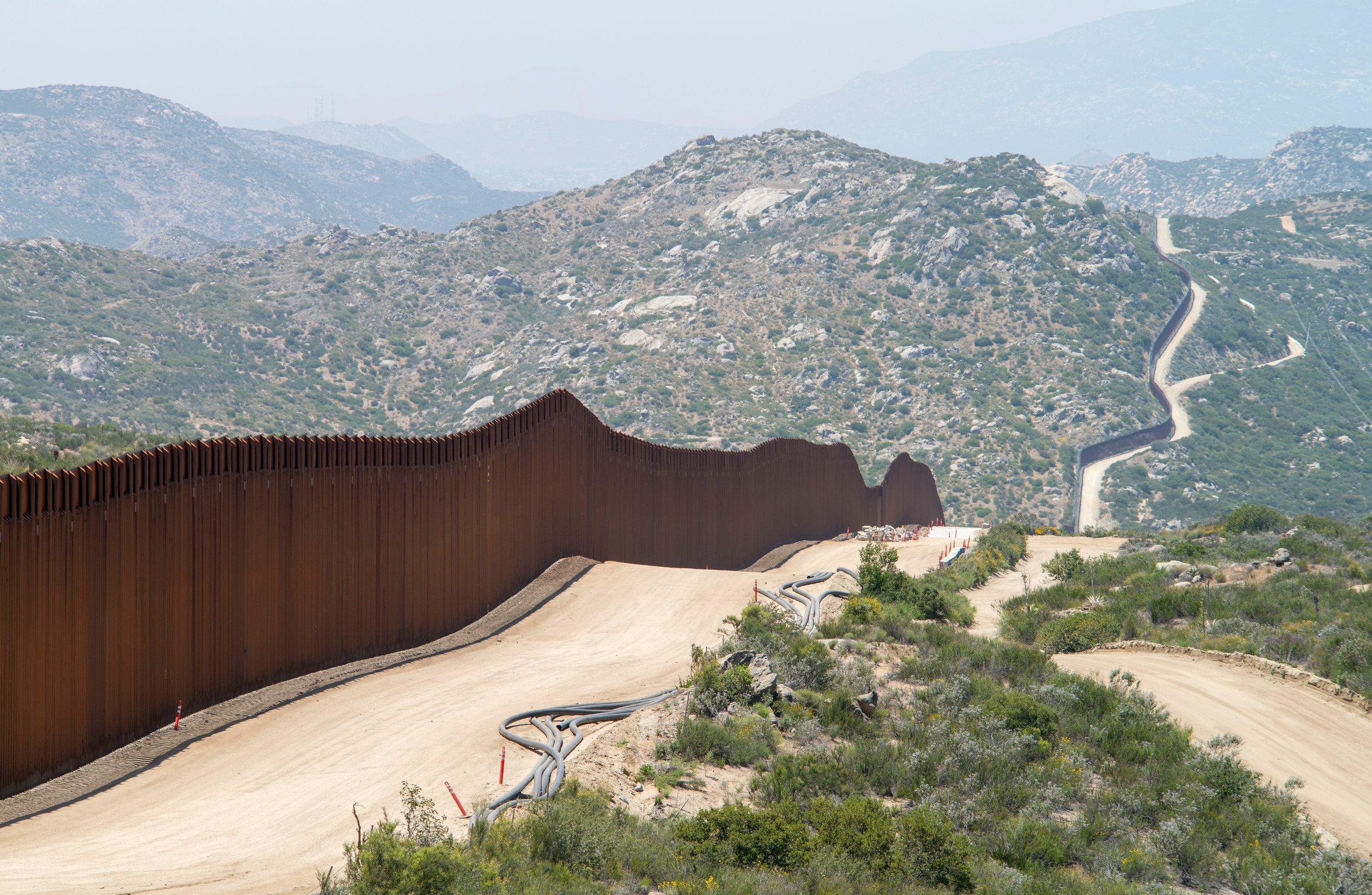
Explore our comprehensive intelligence summaries from around the globe.
We cover the most critical topics and consistently update our content to keep you informed.
The Khalistan Movement: A Legacy of Struggle and Identity
The Khalistan movement, born from the historical grievances and cultural pride of the Sikh community, sought an independent Sikh homeland in Punjab. This quest intensified during the 1980s, leading to violent conflicts, particularly after Operation Blue Star and the assassination of Indira Gandhi. Although the movement has lost momentum in India, it remains a potent symbol among the Sikh diaspora. The legacy of Khalistan continues to influence Punjab's political landscape and highlights the challenges of balancing regional identities within a unified nation.
Supreme Court Ends Chevron Deference, Redefining Federal Agency Power
This week, the U.S. Supreme Court overturned the Chevron deference, a key doctrine in administrative law that allowed courts to defer to federal agencies' interpretation of ambiguous statutes. This landmark decision shifts the judicial approach to a more active role in interpreting laws, potentially leading to increased legal challenges and a more fragmented regulatory landscape.
Strategic Implications of the Russia-North Korea Security Alliance
The emerging security alliance between Russia and North Korea is expected to significantly impact regional stability in East Asia and global geopolitical dynamics. This alliance will likely enhance North Korea's military capabilities, complicate diplomatic efforts to denuclearize the Korean Peninsula, and increase tensions between major powers.
Surviving the Fallout: Life After a Nuclear Catastrophe
Following a catastrophic nuclear exchange, the world is plunged into darkness and chaos, with millions dead and survivors facing extreme challenges. The resulting nuclear winter leads to global food shortages, health crises, and societal collapse. Communities must adapt to new realities, using alternative energy sources, innovative farming techniques, and strict decontamination protocols to survive. The long-term impact is profound, but human resilience and ingenuity offer a glimmer of hope for rebuilding civilization from the ashes.
Iran’s Strategic Objectives in Supporting Regional Terrorism and the Likelihood of a Protracted Regional Conflict
Iran’s strategic objective in supporting regional terrorism and militant groups is to expand its influence, counterbalance rival powers, and establish itself as a dominant regional player. This approach is likely to lead to a protracted regional conflict with significant implications for regional stability and global security?
Crisis at the Border: Navigating the Humanitarian and Security Challenges
The U.S.-Mexico border crisis has reached unprecedented levels, with nearly 250,000 migrant encounters recorded in December 2023 alone. Critics argue that policy changes and perceived leniency in U.S. immigration policies have exacerbated the situation, leading to increased human trafficking, security concerns, and significant economic impacts on border towns and major cities. Addressing the crisis requires a multifaceted approach, including increasing immigration judges, enhancing legal pathways, and coordinated efforts from federal, state, and local governments?







